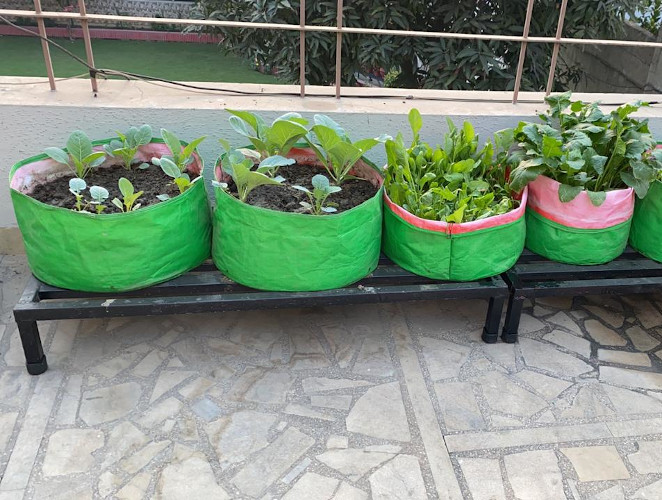How to Use Grow Bags for Your Garden

10 Mini Indoor Plants to Adorn Your Desks & Tabletops
April 9, 2025
5 Fast-Growing Vegetables to Start At Home
August 22, 2025How to Use Grow Bags for Your Garden
Gardening has become more creative and flexible with the rise of grow bags. These fabric containers are an excellent alternative to traditional pots and beds, offering better root health, easy mobility, and space-saving benefits. Whether you have a small balcony, rooftop, or backyard, grow bags can help you grow fresh vegetables, herbs, and flowers with ease.
Why Choose Grow Bags?
-
Better Root Growth: The breathable fabric prevents root circling and promotes healthy root systems.
-
Lightweight & Portable: You can move them around to adjust sunlight and protect plants from harsh weather.
-
Space-Saving: Perfect for small gardens, balconies, or patios.
-
Good Drainage: Prevents waterlogging and helps keep the soil healthy.
Step-by-Step Guide to Using Grow Bags
1. Choose the Right Size
Grow bags come in different sizes—5, 10, 20, or even 50 liters. Small bags are ideal for herbs and flowers, while larger ones are perfect for vegetables like tomatoes, peppers, or potatoes.
2. Select Quality Soil Mix
A good mix of garden soil, compost, and coco peat works best. This ensures proper aeration, nutrients, and water retention.
3. Fill the Bag
Fill the grow bag about ¾ full with the soil mix. Avoid compacting it too much, as plants need loose soil for root growth.
4. Plant Your Seeds or Seedlings
Make small holes in the soil and plant your seeds or seedlings. Water them gently.
5. Watering Routine
Grow bags dry out faster than traditional pots, so check the moisture regularly. Water when the top inch of soil feels dry.
6. Fertilize When Needed
Add organic compost or liquid fertilizer every few weeks to boost growth.
7. Position for Sunlight
Place your grow bags in an area with adequate sunlight. Most vegetables need 6–8 hours of sun daily.
8. Harvest with Care
Once your plants are ready, harvest gently. After use, you can empty the soil, wash the bag, and reuse it for the next season.
Best Plants to Grow in Bags
-
Vegetables: Tomatoes, cucumbers, peppers, potatoes
-
Herbs: Mint, basil, coriander, parsley
-
Flowers: Marigolds, petunias, pansies

